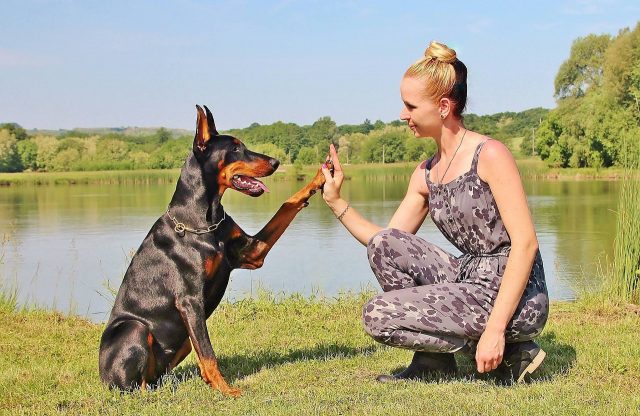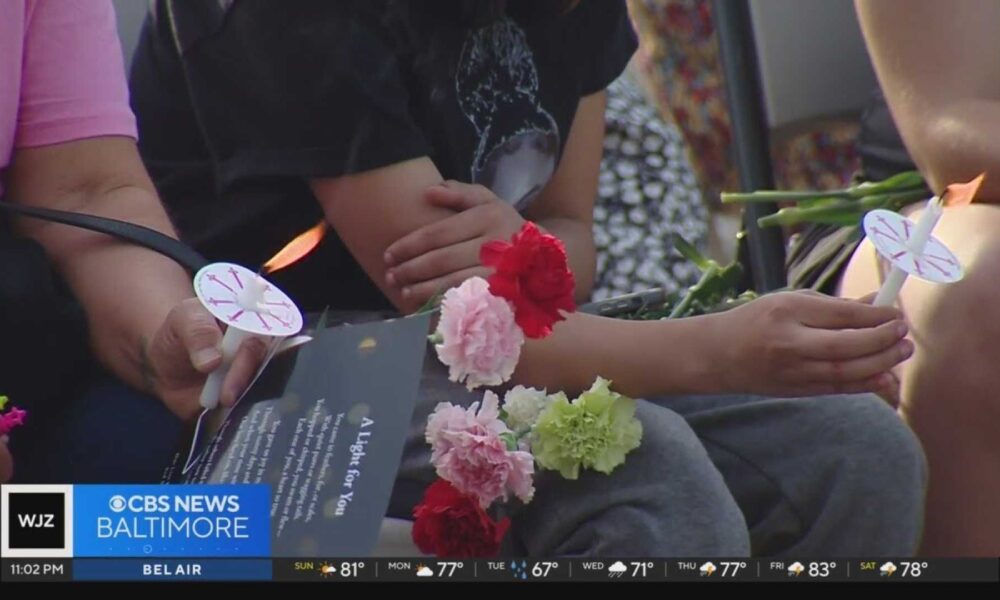BEFORE a dog starts growling and baring its teeth there are subtle signs it could become aggressive, says an expert.
She shared tips for preventing situations with a potentially dangerous dog from escalating.
2
Gemma Renwick is a vet nurse at PDSA, a UK-based charity that provides free and low-cost pet care.
Speaking to The U.S. Sun, she discussed worrying behavior demonstrated by canines.
ALARMING ANIMALS
Renwick said any breed can show signs of aggression as it is a “natural way” for dogs to communicate they’re feeling threatened.
She said they need positive experiences at a young age to learn how not to use aggression inappropriately.
“Usually, pups will start with subtle signs that they’re scared and only become aggressive when they feel they don’t have any other option,” she said.
“This is why it’s important to try to avoid situations where your dog might feel they have to behave aggressively and to quickly remove them from that environment as soon as they start to show signs of feeling uncomfortable.”
Renwick said dog’s instinct to hunt can also make them seem aggressive.
“Most dogs have some level of ‘prey drive’, which is their impulse to run and catch what they see as food,” she said.
“While every day in the domesticated world, these actions can look aggressive to us, it is simply your dog’s nature to behave in this way.
“If you know your dog has a strong instinct to chase, it’s important to make sure to keep them on a lead around livestock and wildlife.
“It is also really important for every dog to have a good recall which can be achieved with positive reward-based training, before allowing them off lead in any public place.”
CLEVER CANINES
Socialization, reward-based training, recall, and learning about their body language are among Renwick’s tips for stopping a dog from becoming aggressive.
“Introducing new experiences in a positive way helps puppies to understand they don’t need to be scared, and should be started with their breeder,” she said.
“A well-socialised dog is less likely to feel scared so is less likely to behave aggressively.
“Don’t forget to also reward your dog when they stay calm as this can help them learn that this is a good way to behave in the future.”
If you’re struggling with your dog’s behavior, speak to your vet for advice.
Gemma Renwick
Renwick said dogs should be kept on a lead in unfamiliar places to avoid anything that could trigger an aggressive reaction.
“This said, it’s important to remember that a dog on a lead has less of a chance to ‘walk away’ from a situation if they start to find it stressful,” she said.
“They may be more likely to show signs of discomfort if approached by an unfamiliar person or dog, so you may need to be prepared to keep your distance from others.
“Having an awareness of other dogs is important, too.
“Never let your dog run towards an unfamiliar dog, as although your dog may be friendly, you can never know for certain how your dog or the other dog might react.”
Renwick urged pet owners not to ignore their dogs' concerning behavior.
“If you’re struggling with your dog’s behavior, speak to your vet for advice,” she said.
“Your vet will be able to rule out any medical causes for the change in your dog's behavior, such as pain.
“They will also be able to recommend an accredited behaviorist who can help your dog to learn a better way to react. “

2









